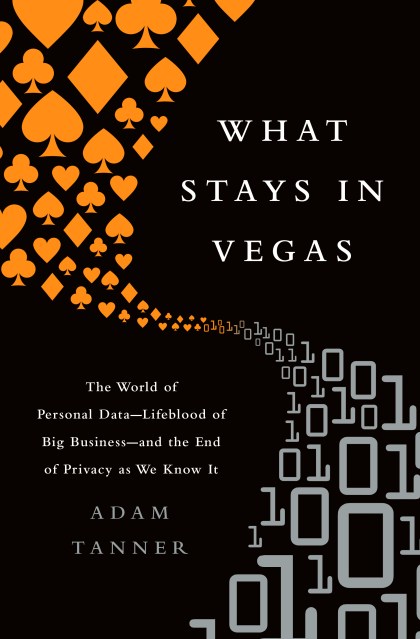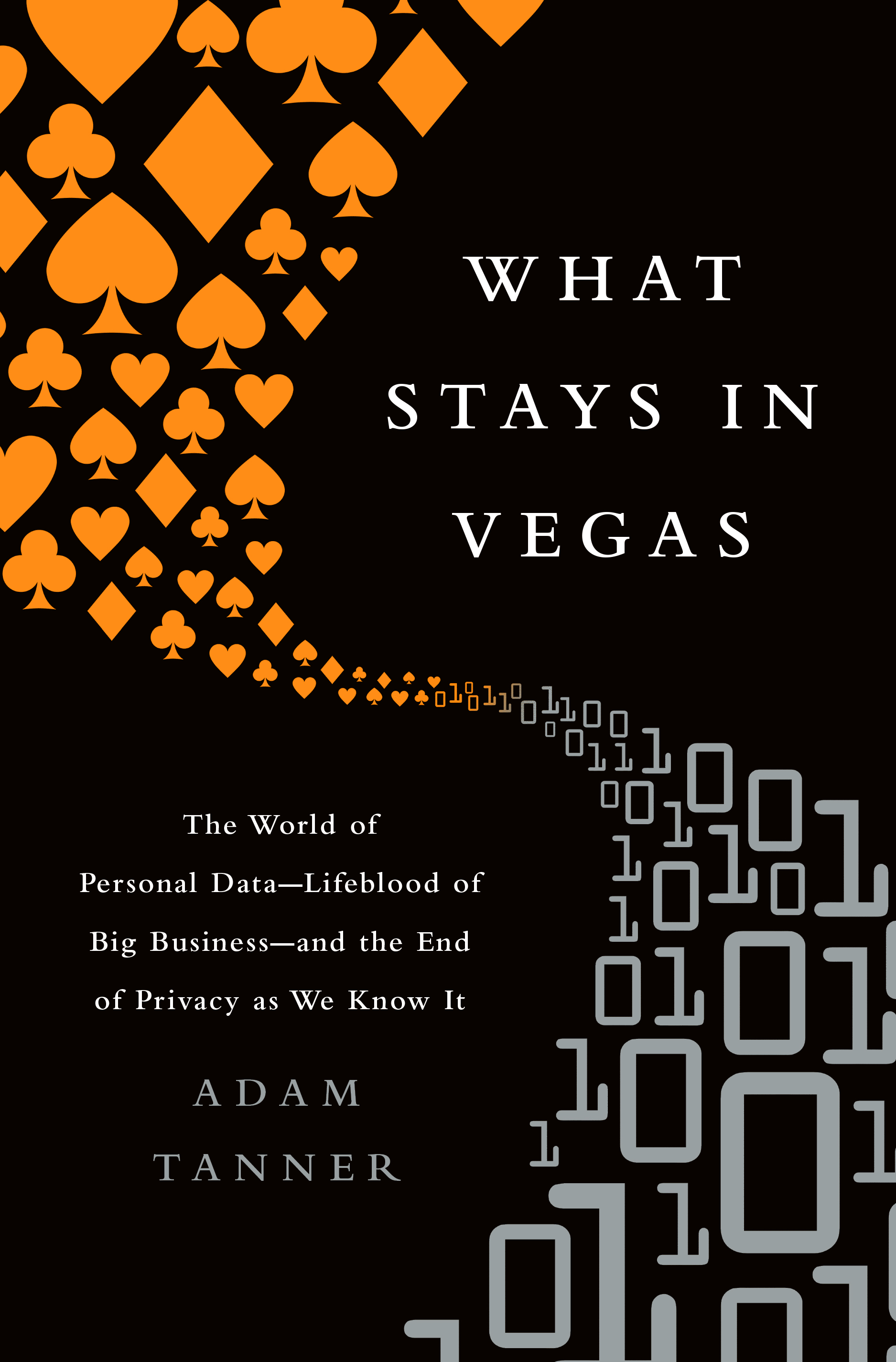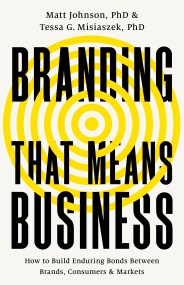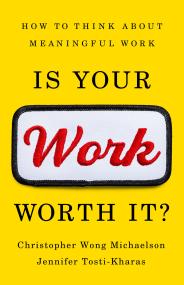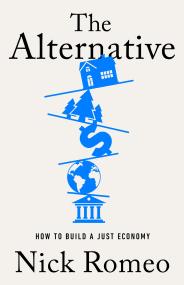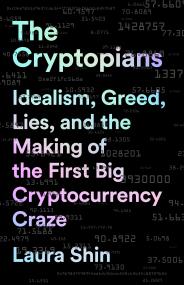Promotion
Use code MOM24 for 20% off site wide + free shipping over $45
What Stays in Vegas
The World of Personal Data-Lifeblood of Big Business-and the End of Privacy as We Know It
Contributors
By Adam Tanner
Formats and Prices
Price
$11.99Price
$15.99 CADFormat
Format:
- ebook $11.99 $15.99 CAD
- Trade Paperback $16.99 $21.99 CAD
This item is a preorder. Your payment method will be charged immediately, and the product is expected to ship on or around September 2, 2014. This date is subject to change due to shipping delays beyond our control.
Also available from:
In Las Vegas, no company knows the value of data better than Caesars Entertainment. Many thousands of enthusiastic clients pour through the ever-open doors of their casinos. The secret to the company’s success lies in their one unrivaled asset: they know their clients intimately by tracking the activities of the overwhelming majority of gamblers. They know exactly what games they like to play, what foods they enjoy for breakfast, when they prefer to visit, who their favorite hostess might be, and exactly how to keep them coming back for more.
Caesars’ dogged data-gathering methods have been so successful that they have grown to become the world’s largest casino operator, and have inspired companies of all kinds to ramp up their own data mining in the hopes of boosting their targeted marketing efforts. Some do this themselves. Some rely on data brokers. Others clearly enter a moral gray zone that should make American consumers deeply uncomfortable.
We live in an age when our personal information is harvested and aggregated whether we like it or not. And it is growing ever more difficult for those businesses that choose not to engage in more intrusive data gathering to compete with those that do. Tanner’s timely warning resounds: Yes, there are many benefits to the free flow of all this data, but there is a dark, unregulated, and destructive netherworld as well.
Genre:
- On Sale
- Sep 2, 2014
- Page Count
- 336 pages
- Publisher
- PublicAffairs
- ISBN-13
- 9781610394192
Newsletter Signup
By clicking ‘Sign Up,’ I acknowledge that I have read and agree to Hachette Book Group’s Privacy Policy and Terms of Use
